Spoiler alert: the Pro and here's why
Apple has started a computing revolution. They’ve ditched Intel CPUs in exchange for a seriously beefed-up version of the silicon you’ll find in iPhones and iPads. It’s a very big deal and if you want to know what makes this new Apple “M1” chip so special check out our Apple M1 Vs Intel i7 article before reading the rest of this one.
Assuming that you want to buy one of the new M1 MacBook 13” options, which one should you get? There’s at least a $300 price difference riding on this decision, but there’s more to it than money. So when it comes to the M1 MacBook Air vs the M1 MacBook Pro, which should you spend your cash on?
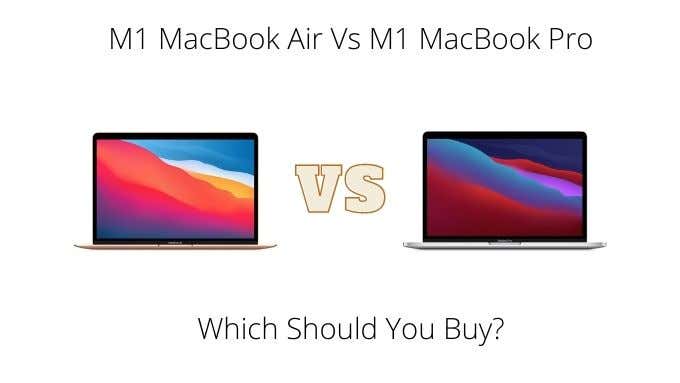
The M1 Chip: Under the Hood
One of the main reasons that there’s some confusion between these two models of MacBook is because they seem to be pretty much identical under the hood. The truth is that both of these machines are essentially the same.
The only difference is that the base model M1 Air has seven GPU cores, whereas all other M1 MacBooks have eight. In terms of the actual central processor, it’s the same unit. There is only one M1 processor design.
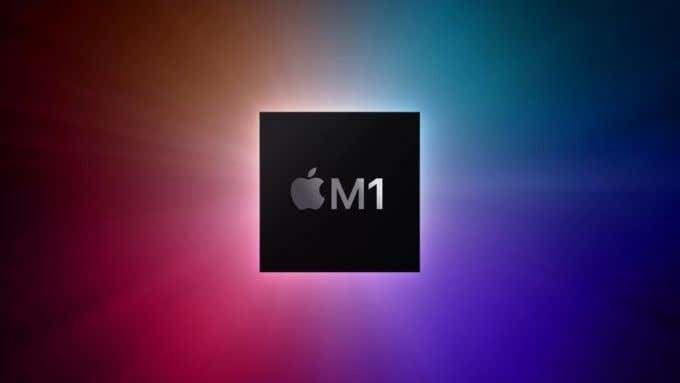
Between the two MacBooks, you get the same RAM and SSD options and two Thunderbolt 3 ports. The most obvious differences are on the outside, starting with the fact that the M1 MacBook Air is completely fanless.
The Fanless Advantage
Just like an iPad, the M1 MacBook Air is passively cooled. There is no fan and there are no air vents. That’s because the M1 is so power-efficient that it can run without generating a lot of heat.
What’s so great about not having a fan? Consider the following:
- No fan means no noise. Ever.
- The fan was the last moving component in the MacBook Air. It’s now a completely solid-state device.
- There are no vents for dust to enter the computer.
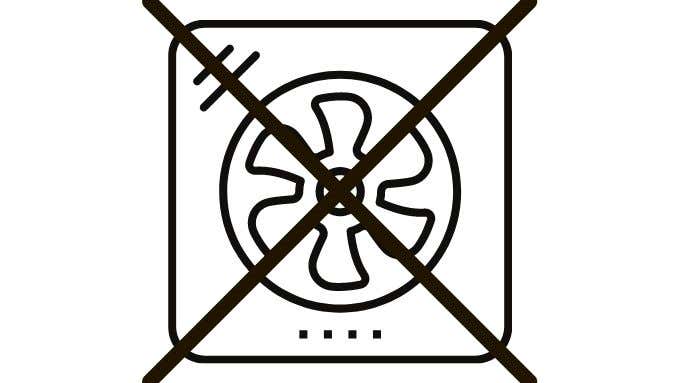
While M1 MacBook Air computers have not been out long enough to provide evidence for it, we expect these computers to be exceptionally reliable. Fans eventually fail, but with the Air, that problem goes away.
The noise aspect is less important since it seems that the fan on the M1 MacBook Pro hardly ever kicks in unless you’re doing heavy sustained workloads.
Body Image
The weight difference between the M1 MacBooks is negligible. Also, while the Air is a little thinner, it’s not the sort of difference that will affect your ability to slip it into a bag. The real difference, as it’s always been, is that the Air has a tapered, wedge-shaped body. Rather than the chunkier, more businesslike frame of the Pro.
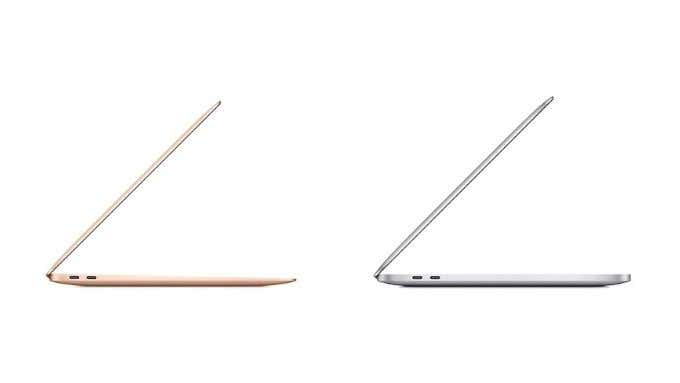
Some people feel the wedge shape offers better typing ergonomics, so if you’re a heavy typist, keep that in mind.
Performance Differences
If the two computer models have exactly the same processor, why would there be a performance difference? Yet again, the answer to this question is linked to the presence of a fan. Active cooling allows the M1 processor to run at full speed on all cores indefinitely. Without a fan, heat will build up over time and the speed of the CPU will have to be reduced to bring things under control again.
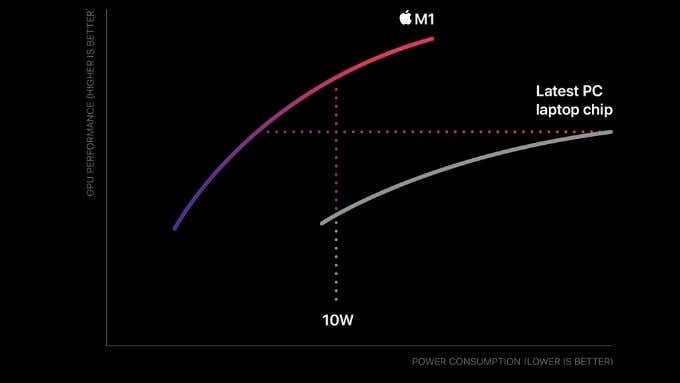
This does take a while, however, so for CPU tasks that only require short bursts of CPU effort, there’s no difference in performance between the two computers. However, if you’re doing something like exporting your large video project, then the MacBook Air will fall behind. The difference in peak performance under load isn’t massive, but it is noticeable.
The Touch(y) Bar
The other rather contentious difference between the M1 MacBook Air vs the M1 MacBook Pro is the Touch Bar. This small strip of touch screen is exclusive to the MacBook Pro models. If you’re not sure what the Touch Bar is all about, check out Everything You Need To Know About The MacBook Pro Touch Bar.
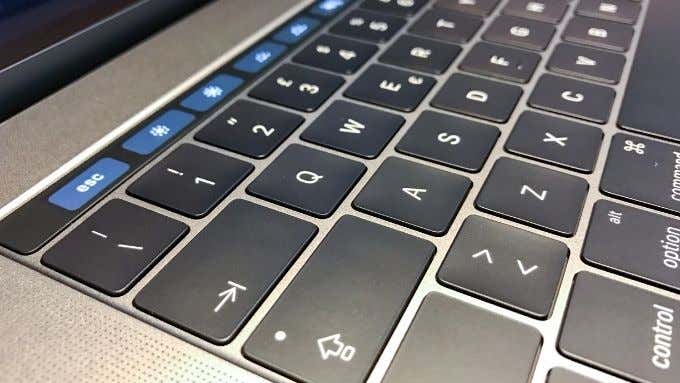
The Touch Bar seems to be a feature people either hate or love, with little room in between. So it’s hard to say whether you’ll consider it a pro or a con in this comparison. In lieu of the Touch Bar, the M1 MacBook Air has a normal row of keys. The choice really is yours.
Though you should note that the M1 MacBook Pro features a physical escape key. This addresses a common complaint of Touch Bar haters.
Battery Endurance
All of the M1 MacBooks have significantly improved battery life, compared to the Intel models they replace. However, there’s a noticeable difference between the two M1 laptop options as well.
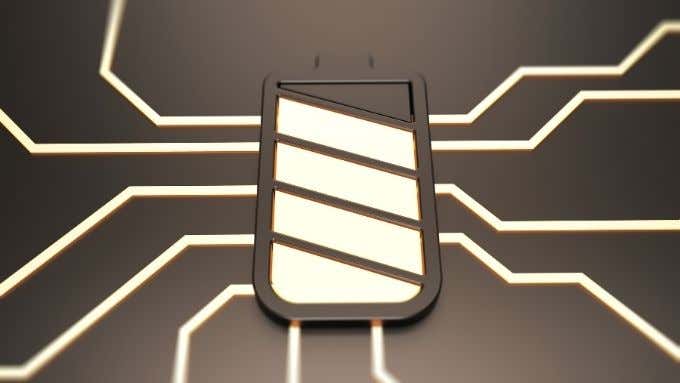
The Air is rated for between 15 and 18 hours of use, depending on what you’re doing. Less if you’re really asking it for heavy lifting. For the same set of scenarios, the Pro is rated for between 17 and 20 hours. So you’ll get two hours more on average.
Screen and Audio Performance
Both the MacBook Air and MacBook Pro have excellent screens and speakers. It’s just that the Pro is a little better. With 100 more “nits” of brightness and a body and speakers that offer increased punch to the sound, the Pro delivers more. The MacBook Air is no slouch though, and still gives virtually every other laptop in its price class a thrashing in this department.
Color Options
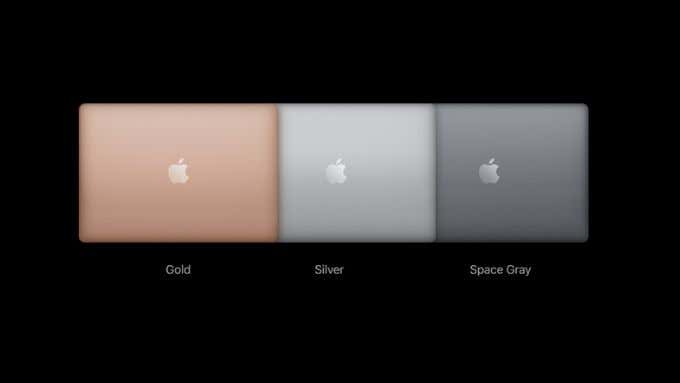
If you want something other than Space Gray or Silver, then the Air offers Gold as an option. We wish there were more colors in both model lines, but the Air slightly edges out the Pro in this department.
Who Should Buy the MacBook M1 Air?
We think the vast majority of users looking for a 13” MacBook should buy the Air. Past MacBook Air models have been significantly less powerful than the 13” Pro. Which only made them practical for light computing tasks. Now, anything the Pro 13” can do, the Air can do just as well. Albeit a little slower in some cases.
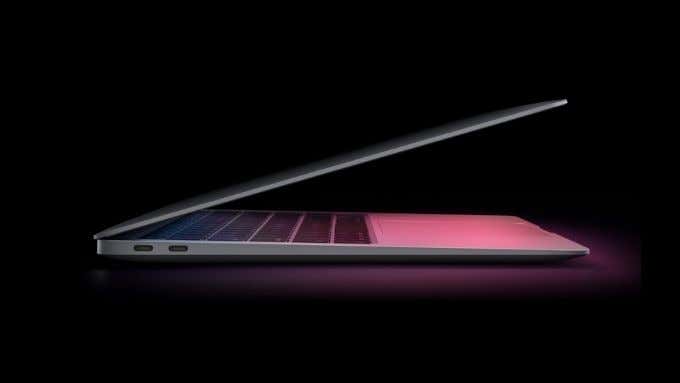
If you can live without the touch bar and slightly better screen and sound, we recommend you save the $300 or spend it on a storage or RAM upgrade instead.
Who Should Buy the MacBook M1 Pro?
If you’re someone who really does need your MacBook for more professional purposes, such as video editing or other heavy-duty tasks. Consider the M1 MacBook Pro 13. The screen and speaker upgrades will make your life more pleasant for one thing. The big improvement here is the actively cooled M1 CPU.
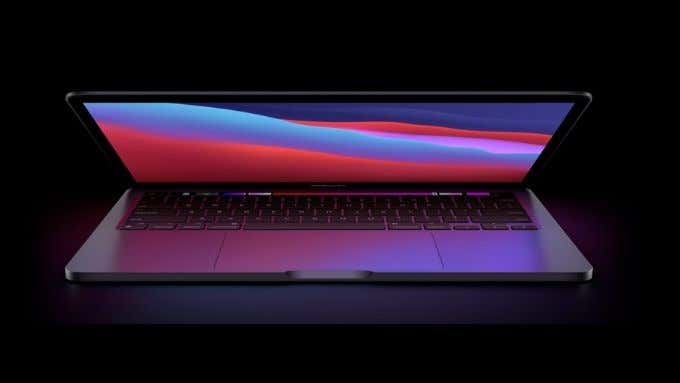
If you’re going to be crunching numbers or exporting video projects that will run for more than ten to fifteen minutes, then the M1 MacBook Pro 13 is going to outperform the M1 MacBook Air. Also, don’t forget that the Pro has one additional GPU core compared to the base model $999 Air. In applications (such as video editors) that make use of GPU acceleration, that’s an additional source of extra performance.
The Pro is clearly the superior machine and if you don’t mind the price difference you’ll own the most powerful laptop in this form factor ever made. However, for most people, the divide between these two models simply does not add up to the price difference. So carefully consider whether the marginal improvements offered by the Pro model are worth the asking price.




